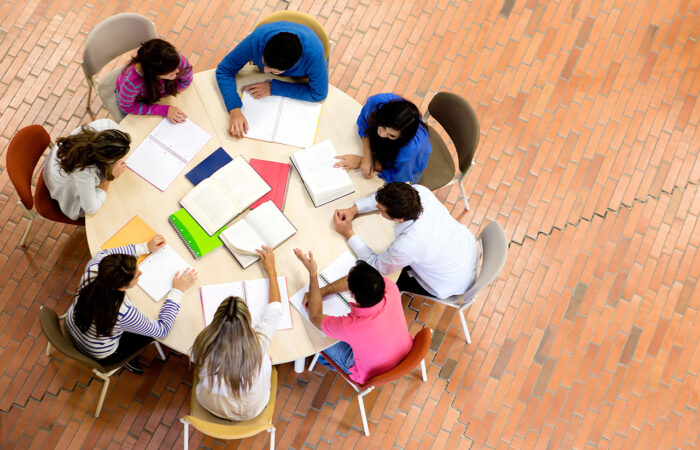 Welcome to sha.org, the official website of the Society for Historical Archaeology
Welcome to sha.org, the official website of the Society for Historical Archaeology
- Home
- About Us
- Who We Are
- Officers of the SHA
- What is Historical Archaeology
- History
- SHA Past Presidents
- SHA Ethics Principles
- SHA Sexual Harassment and Discrimination Policy
- 50 Year Exhibit
- Awards and Prizes
- Memorials
- Bylaws of The Society for Historical Archaeology
- Constitution of The Society for Historical Archaeology
- DEIB&M
- Students & Teachers
- Committees
- Editorial Committee
- ACUA and SHA Standing Committees
- Research Editors Committee
- Academic and Professional Training Committee
- Collections Committee
- Ethics Committee
- Gender and Minority Affairs Committee
- Government Affairs Committee
- Heritage at Risk Committee
- Public Education and Information Committee
- Technologies Committee
- Logo
- Who We Are
- Publications
- Resources
- Conferences
- Underwater
- Contact Us



